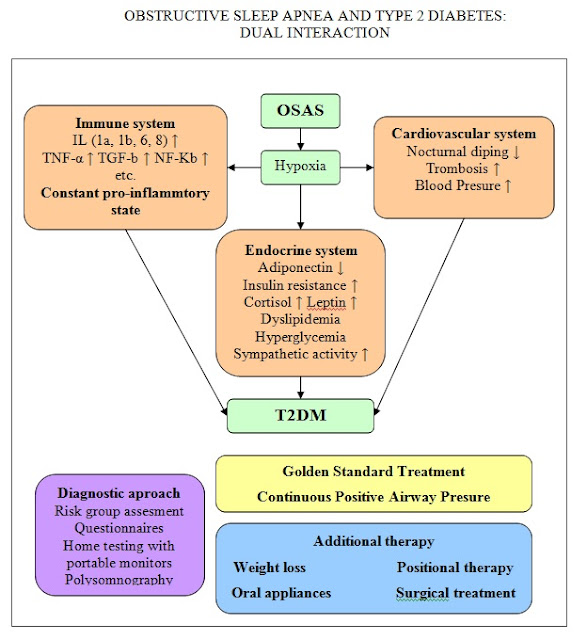The world’s first guidelines for chronic fungal lung infections for
doctors and laboratories have been published today, by the European
Respiratory Society (ERS) and the European Society of Clinical
Microbiology and Infectious Diseases (ESCMID).
Published today (23 December, 2015) in the European Respiratory Journal, these new guidelines describe the important features of this disease and provide comprehensive treatment recommendations.
Chronic pulmonary aspergillosis (CPA) is a subtle and insidious
problem in patients who already have damaged lungs. It kills about 80%
of sufferers over five years unless diagnosed and treated with long-term
antifungals. Across Europe, an estimated 240,000 people have CPA, and
worldwide around 3 million. The late stages of CPA (aspergilloma) are
familiar to respiratory specialists, but the early features are often
missed.
Major improvements in understanding this debilitating and ultimately
fatal disorder have resulted from research undertaken in Europe, India
and Japan over the past 10 years. However, no therapies are approved by
the European Medicines Agency (EMA) for treatment, and very few
diagnostic tests and therapies have been compared. In many parts of the
world, the basic tests required are not yet available.
Professor David Denning of the University of Manchester, who lead the
CPA guidelines group, said: “The UK National Health Service recognised
the challenges posed by these patients by setting up the National
Aspergillosis Centre and its associated laboratory the Mycology
Reference Centre in 2009. The experience gained from seeing hundreds of
patients has contributed to the quality of care, although much more
research and new oral antifungal drugs are required to reduce the marked
disability caused by CPA.”
Patient Michael Miller, aged 65 years from Leeds, described his
experience: “I had aspergillosis in 2006, which improved with a long
course of antifungal capsules. In 2012, I started to get worse and
worse, and it took 3 years to recognise recurrence of my aspergillosis.
By this time, I was so breathless and my x-ray was much worse.”
ESCMID President Professor Murat Akova stated: “I am delighted that
this groundbreaking clinical guideline has been published; the
management of chronic fungal infection, notably CPA, is difficult,
requiring a high level of laboratory and clinical expertise.
ERS Guidelines Director, Dr Marc Miravitlles, commented: “We welcome
the publication of this guideline, which provides key insights into the
main features of the disease and treatment recommendations. By
establishing this expert consensus on the topic, we aim to improve the
early diagnosis of CPA and increase recognition of the condition to
ultimately improve outcomes for patients.”
The guidelines are a product of a two-year collaboration between
ESCMID and ERS. In parallel to these CPA recommendations, ESCMID is
currently developing wider guidelines for invasive aspergillosis in
general, which will be published in due course. The latter are developed
by Professor Andrew Ullmann of the Julius Maximilian University of
Würzburg, chairman of ESCMID’s fungal infection study group EFISG.
Professor Ullmann commented: “This
is the first guideline on chronic pulmonary aspergillosis worldwide. It
is the result of another joint effort of ESCMID and ERS experts who, in a
truly interdisciplinary collaboration, prepared and published guidance
for colleagues on a group of complex diseases that is difficult to
manage. Aspergillosis is more than chronic lung infection and a larger
document addressing all aspects of aspergillosis infections is under
preparation by EFISG.”
http://erj.ersjournals.com/content/early/2015/12/22/13993003.00583-2015



























